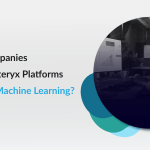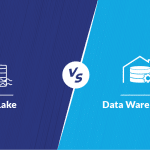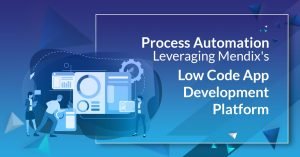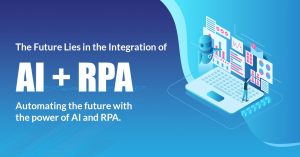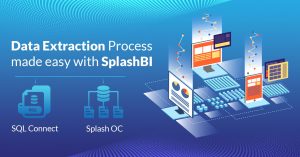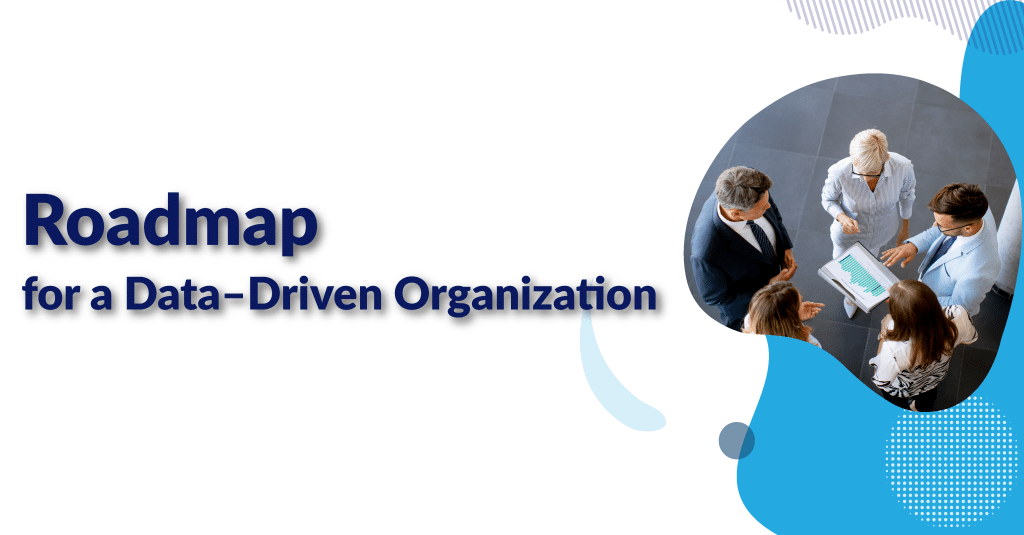
Data has become one of the most important assets of companies in the digital age; Data management is essential to extracting value and insights from Data. However, the concept of “Data” is so new and broad that even experts in this field approach it with very different definitions and perspectives. Data management and Data-driven Transformation are becoming a matter of life and death in most industries. However, attempts to embed Data into company–wide operations often fail. This is because companies are starting to reinvent their core IT systems (with a multi-year effort of hundreds of millions of dollars). Unfortunately, most of this money is wasted because these great centralized efforts take so long. When business rules are rewritten quarterly, companies need an agile, results-oriented, and manageable transformation approach. And they might even dream of joining the ranks of data-driven companies that push aside traditional players among the world’s most valuable companies. Executives are focusing on Data management via a Data-Driven future to build their companies to survive and not endanger them.
There is a better way to approach Data Transformation. In general experience, these initiatives can only be successful if they are cost–effective, incremental, and sustainable. Conversions should begin with pilot recycling in weeks or months, and then finish with a long–term capability development program to deal with high-priority use cases. A three-step approach to data management via a data-driven Transformation was developed by working with customers across industries. Then, in phases two and three, companies use knowledge from their initial acquisitions to create a roadmap for company–wide transformation, “industrialize” Data and analytics, and build systems and capabilities to drive new data-driven Strategies and processes.

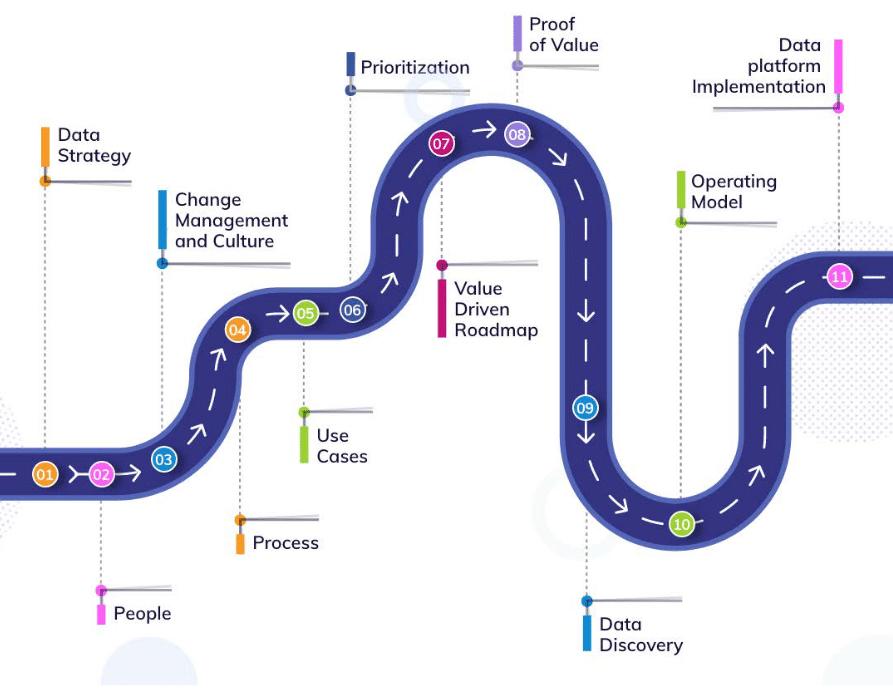
Combining existing Data Systems with external data (e.g., from social networks) for marketing or customer issue resolution can yield quick results. We can see companies reaching 15% to 20% of their full Data–Driven Transformation potential within six to nine months.
How to embed analytical skills and structure data management in corporate culture?
1. Integrate Data Scientists Into Business Units
Instead of creating a separate data scientist or business group in the company, place Data specialists within these units, such as marketing, risk, and finance, essential for your company. Thus, in a matrix organization, you create an application and expertise center that allows ideas from different fields to be fed from each other. You can share ideas between business units by bringing together employees in various departments, for example, every two weeks. Many successful organizations operate this way by creating cross–functional ideas. At first, this type of operation may be difficult to establish, or there may not be enough Data experts to dedicate to it. In this case, you can create a more centralized data source.
2.Create a Business Intelligence Competency Center (BICC)
Organizations have long invested in information technology, business intelligence, performance management, and analytics projects to improve their planning, foresight, and analytical decision–making capabilities. However, such projects, which are not considered from a holistic perspective, but alone, often do not yield the desired results. As a result, solutions get trapped in silos, limited access to critical Data and information, or have inconsistent Data. To overcome such problems and optimize organizational transformation, the BICC structure has recently emerged as a popular concept.
BICC is typically a matrix organization that brings together IT, analytics, and business units. The goal of an effective BICC is to create a common language and data dictionary, to establish a “competence center” to set standards for programming, reporting, and analysis.
This type of structure is seen as a critical success factor for deploying analytical skills in large organizations.
However, one of the essential factors to consider when creating new layers such as BICC to strengthen technological competencies within companies is not to position them as mere technology projects but to structure them to respond to the problems experienced by the company and create business value.
It is essential to adopt a holistic approach throughout the company, not individual solutions for each business unit.
3.Use Quick Earnings to Learn and Finance the Digital Journey
These projects immediately bring performance to the peak in a critical area of sales support or Supply Chain. And instead of taking years, implementation takes months and starts paying off immediately. Crucially, the extra value created by quick wins can help pay for long–term efforts, which can self–finance the change.
This includes creating a portfolio of opportunities that identifies and prioritizes the functions or units that benefit most from the change. It also includes routing and handling roadblocks to conversion. They invest in systems to industrialize Data Analytics, making analytics a resource for every transaction.
4.Organize for Sustainable Performance
At this stage, Digital and Data–Driven Processes and working methods are spreading to every corner of the company. As a result, employees learn to work in silos to enable Data–Driven Strategies, and leaders make necessary organizational changes to sustain new approaches.
Companies significantly increase their chances of eventual success by embarking on a data management and transformation journey with a few rapid initiatives that show what can be done using new approaches.

